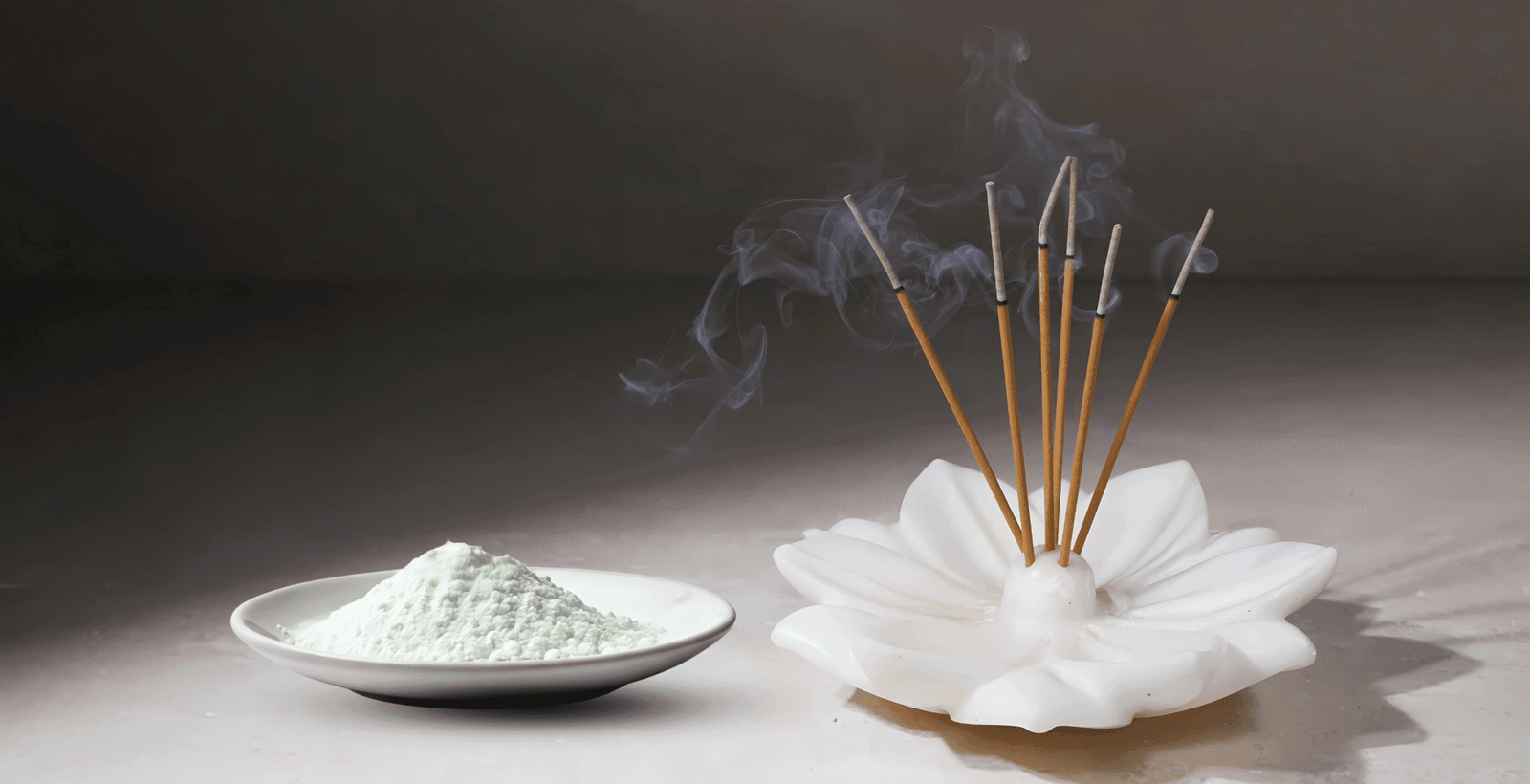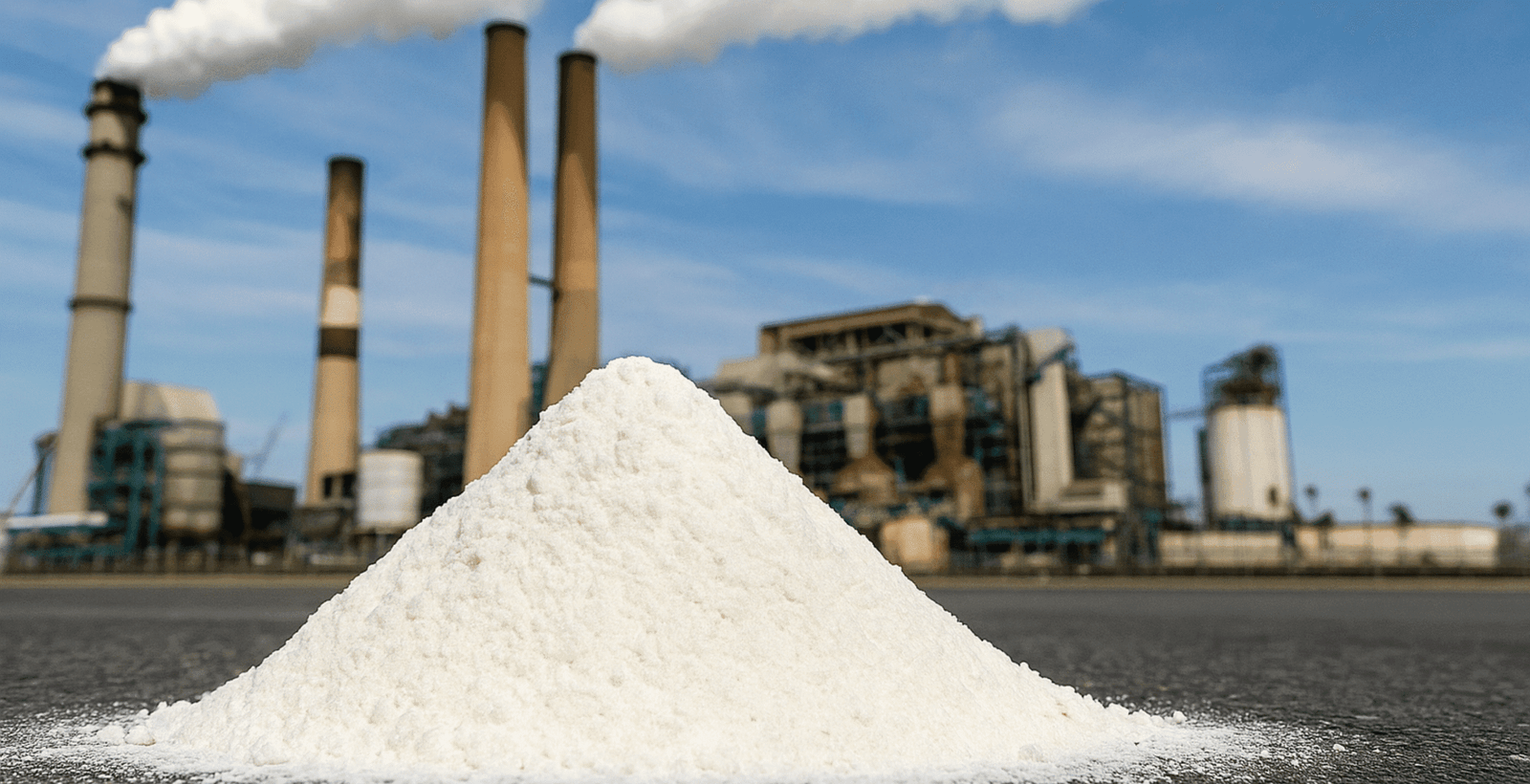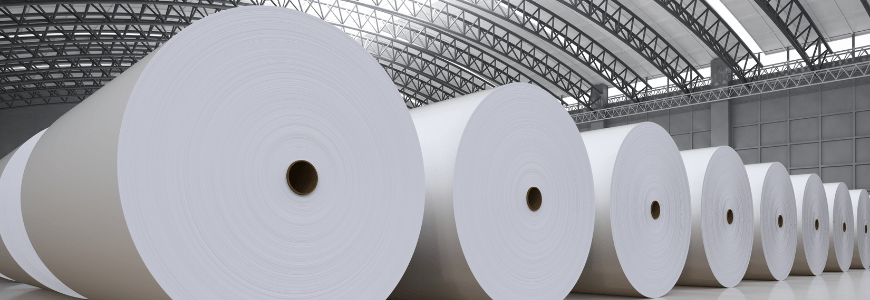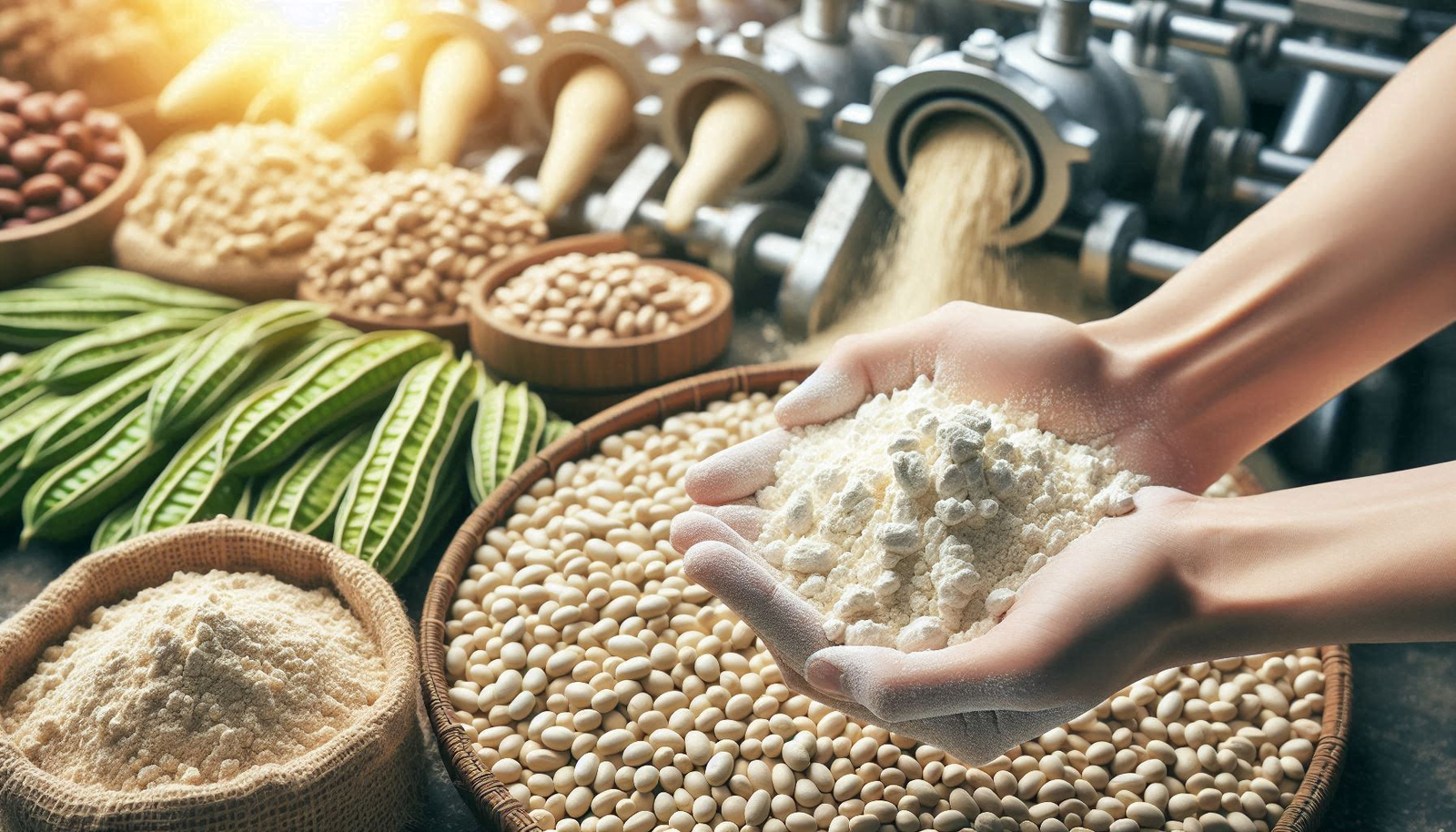Incense sticks have been used for centuries in religious rituals, meditation, and for creating a pleasant ambiance. Their soothing fragrances and slow-burning nature make them a popular choice worldwide. But have you ever wondered what holds these incense sticks together? One of the key ingredients in making incense sticks is guar gum. In this blog, we will explore the significance of Guar Gum in Incense Sticks, its benefits, and how it enhances the quality of incense sticks.
What Is Guar Gum?
Guar gum is a natural thickening agent derived from the seeds of the guar plant (Cyamopsis tetragonoloba). It is widely used in various industries, including food, pharmaceuticals, textiles, and cosmetics. However, one of its lesser-known applications is in incense stick production.
The reason why Guar Gum in Incense Sticks is important is because of its strong binding properties. When mixed with water, it forms a gel-like substance that holds together various ingredients used in making incense sticks. Industrial Grade Guar Gum is commonly used in this process as it provides superior adhesion, ensuring that the incense sticks remain firm and burn evenly.
Why Is Guar Gum in Incense Sticks Important?
1. Acts as a Natural Binder:
During the manufacturing process, incense sticks need a binding agent to hold the powdered ingredients together. Guar Gum in Incense Sticks serves as an excellent binder due to its high viscosity and strong adhesive properties. When mixed with water, it forms a smooth, sticky paste that allows incense powders to bind well with the bamboo core.
A strong binding agent is crucial to ensure that the incense sticks do not break easily and retain their shape while burning. Without guar gum, the incense powder may crumble, leading to poor-quality incense sticks.
2. Enhances the Burning Time:
One of the main reasons why Guar Gum in Incense Sticks is widely used is because it extends the burning time of the sticks. When guar gum is added to the incense mix, it provides better combustion control, ensuring that the sticks burn evenly and slowly, rather than too quickly.
Incense sticks with a longer burning time are more desirable because they allow users to enjoy the fragrance for a prolonged period. Guar gum helps achieve this without affecting the fragrance release.
3. Improves Fragrance Retention:
Guar gum helps to trap essential oils and fragrances in the incense stick composition. This ensures that the aroma lasts longer when the stick is burned. Without a proper binder, the fragrance may evaporate before the incense is even used, leading to a weaker scent when burned.
The ability of Guar Gum in Incense Sticks to hold essential oils and fragrant ingredients is highly beneficial, especially for premium incense brands that focus on strong, long-lasting scents.
4. Eco-Friendly and Non-Toxic:
Since Guar Gum in Incense Sticks is a natural and plant-based ingredient, it is safe for use. Unlike synthetic binders that may release harmful chemicals, guar gum burns cleanly and does not produce toxic fumes, making it a better alternative for health-conscious consumers.
This is particularly important for people who use incense sticks in meditation, yoga, or religious rituals, where clean-burning incense is preferred.
5. Enhances Stick Durability:
Incense sticks need to be firm and durable to prevent breakage during handling, packaging, and transport. Guar gum strengthens the structure of incense sticks, making them less prone to crumbling.
When sticks are too brittle, they can break easily before they even reach consumers, leading to waste. By using Guar Gum in Incense Sticks, manufacturers ensure that the sticks maintain their structural integrity.
The Process of Making Incense Sticks Using Guar Gum:
Now that we understand why guar gum is essential, let’s go through the step-by-step process of making incense sticks with guar gum as a binding agent.
Step 1: Preparing the Base Mixture
The base of incense sticks typically consists of wood powder, charcoal powder, and natural herbs. These ingredients provide structure and a smooth burning effect.
Step 2: Mixing the Binding Agent
Guar gum powder is mixed with water to form a thick, gel-like paste. The consistency is crucial—it should be sticky enough to bind the powdered ingredients but not too thick to interfere with even application.
Step 3: Adding Fragrances and Essential Oils
Once the base mixture and Guar Gum in Incense Sticks are combined, manufacturers infuse fragrances into the mix. Essential oils such as sandalwood, rose, lavender, and lemongrass are commonly used to create pleasant and calming aromas.
Step 4: Rolling the Incense Sticks
The sticky incense paste is then rolled onto bamboo sticks, ensuring a uniform coating. This step requires precision to prevent uneven burning.
Step 5: Drying and Quality Control
The finished incense sticks are left to dry in controlled environments to ensure they harden properly. Once dried, they undergo quality checks to remove any defective or broken sticks.
Step 6: Packaging and Distribution
After passing quality control, the incense sticks are packaged in eco-friendly wrapping and shipped to markets worldwide.
The Market Demand for Guar Gum in Incense Sticks:
With the growing demand for organic and natural incense sticks, the need for plant-based binders has increased. Guar gum is widely used because:
1. Eco-conscious consumers prefer incense sticks made with plant-based ingredients
2. Many brands now highlight “natural binders” as a key selling point
3. Guar gum is cost-effective compared to synthetic alternatives
4. It improves product durability and customer satisfaction
Consumers are now more conscious about the ingredients used in their products. Incense manufacturers who use natural binders like guar gum can market their products as non-toxic, sustainable, and safe for regular use.
Conclusion:
The use of Guar Gum in Incense Sticks is essential for enhancing durability, burning time, and fragrance retention. It acts as a natural, eco-friendly binder that ensures high-quality incense production. With increasing demand for organic and non-toxic incense, guar gum remains a preferred choice for manufacturers.
By incorporating Guar Gum in Incense Sticks, producers can create superior incense products that appeal to both traditional and modern consumers. Whether you are an incense manufacturer or just an enthusiast, understanding the role of guar gum can help you appreciate the science behind your favorite aromatic sticks!
FAQs:
1. What does Guar Gum in Incense Sticks do?
Guar Gum in Incense Sticks acts as a natural binder that holds the ingredients together and improves burning quality.
2. Why is Guar Gum used in incense stick making?
It helps the powder stick to bamboo, ensures slow burning, and enhances fragrance retention.
3. How does Guar Gum improve incense quality?
Guar Gum in Incense Sticks provides a smooth texture, prevents breakage, and ensures even fragrance release.
4. Is Guar Gum safe for making incense sticks?
Yes, it is a natural and non-toxic binder, making it safe for incense production.
5. Does Guar Gum affect the burning time of incense?
Yes, Guar Gum in Incense Sticks helps incense burn slowly and evenly for a longer-lasting aroma.
6. Can Guar Gum be used in all types of incense sticks?
Yes, it works well with herbal, floral, and resin-based incense formulations.
7. Is Guar Gum in Incense Sticks eco-friendly?
Yes, it is plant-based and biodegradable, making it a better choice than synthetic binders.
8. How is Guar Gum applied in incense production?
It is mixed with water and other ingredients to create a smooth paste for rolling incense sticks.
9. Where is Guar Gum commonly sourced from?
It is mainly extracted from guar beans grown in India and Pakistan.
10. Why is Guar Gum better than synthetic binders?
Guar Gum in Incense Sticks is natural, safer, and provides better fragrance retention than chemicals.







